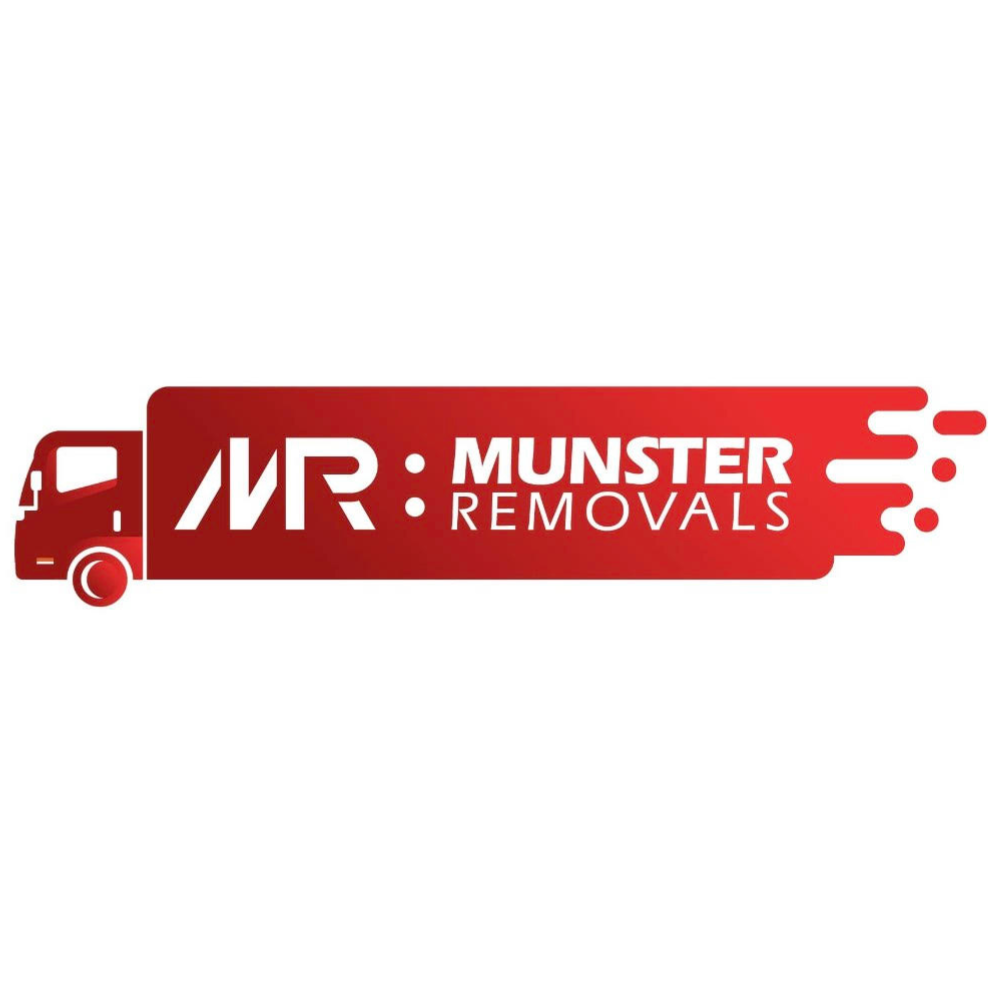Moving to a new home is an exciting yet challenging endeavor. The process of packing, organizing, and transporting furniture and belongings can be overwhelming, and ensuring the safety of your valuables is of utmost importance. One crucial aspect to consider during furniture removals is insurance coverage for your possessions. In this article, we'll explore and compare various insurance options available to safeguard your valuables during the often chaotic process of moving.
Understanding the Risks
Before delving into insurance options, it's essential to understand the potential risks involved in furniture removals. Whether you're moving across town or to an entirely new city, your belongings are susceptible to damage or loss during transit. Common risks include breakage, theft, and environmental damage. To mitigate these risks, opting for insurance coverage tailored to your needs is a prudent decision.
Homeowner's Insurance: A Starting Point
For many individuals, the first line of defense for their belongings is their homeowner's insurance policy. Homeowner's insurance typically covers personal property, even when it's not within the confines of your home. However, the extent of coverage during a move can vary. Some policies may offer limited coverage for possessions while in transit, while others may require additional endorsements or riders for comprehensive protection.
Contact your insurance provider to understand the specifics of your homeowner's policy concerning moving. Clarify the coverage limits, deductible amounts, and any special conditions that may apply. In some cases, it might be necessary to purchase additional coverage or explore alternative insurance options.
Moving Company Insurance
When hiring a professional moving company, they often provide basic insurance coverage as part of their services. This coverage typically comes in two forms: Released Value Protection and Full Value Protection.
1. Released Value Protection
Released Value Protection is the most basic form of coverage provided by moving companies. The key point to note is that this coverage is minimal. It usually compensates you based on the weight of the item rather than its actual value. While this may be a cost-effective option, it might not adequately cover the value of high-worth items.
2. Full Value Protection
Full Value Protection, on the other hand, offers more comprehensive coverage. Under this option, the moving company is responsible for repairing or replacing any item that is damaged, lost, or destroyed during the move. While this sounds appealing, it's essential to understand the deductibles and any limitations associated with this coverage.
Third-Party Insurance Options
In addition to the insurance provided by your homeowner's policy or the moving company, exploring third-party insurance options is a wise move. These policies are specifically designed to fill gaps in coverage and provide an extra layer of protection for your valuables.
1. Specialty Moving Insurance
Some insurance providers offer specialty moving insurance designed explicitly for the risks associated with relocation. These policies often cover a broad range of perils, including breakage, theft, and even mysterious disappearance. It's crucial to review the terms and conditions of these policies carefully to ensure they align with your needs.
2. Valuable Items Insurance
For individuals with high-value items such as antiques, fine art, or jewelry, considering valuable items insurance is prudent. This type of coverage is tailored to protect items with significant monetary or sentimental value. Be prepared to provide appraisals or valuations for these items to determine the appropriate coverage limits.
Comparing Costs and Coverage
When weighing your insurance options, it's essential to consider both the cost of the coverage and the extent of protection offered. While budget considerations are crucial, opting for the cheapest option may leave you underinsured. Consider the following factors when comparing insurance options:
1. Premiums and Deductibles
Evaluate the premiums associated with each insurance option and compare them against the deductibles. A policy with a low premium might have a high deductible, and vice versa. Find a balance that aligns with your budget while providing adequate coverage.
2. Coverage Limits and Exclusions
Carefully review the coverage limits and any exclusions outlined in each policy. Some policies may have specific limitations on certain types of items or events. Ensure that the coverage meets your needs and that there are no surprises when it comes time to make a claim.
3. Customer Reviews and Reputation
Research the reputation of the insurance providers you are considering. Look for customer reviews and testimonials to gauge the experiences of others who have utilized their services. A reputable insurer with positive feedback is more likely to provide reliable coverage and efficient claims processing.
Making an Informed Decision
Choosing the right insurance option for your valuables during furniture removals requires careful consideration of your specific needs and circumstances. Start by understanding the coverage provided by your homeowner's insurance and the moving company. From there, explore third-party insurance options to fill any gaps and provide additional protection.
Remember that the cost of insurance is a small price to pay for peace of mind during the often hectic process of moving. By investing in the right coverage, you can ensure that your valuables are safeguarded against unforeseen circumstances, allowing you to focus on the excitement of settling into your new home.
